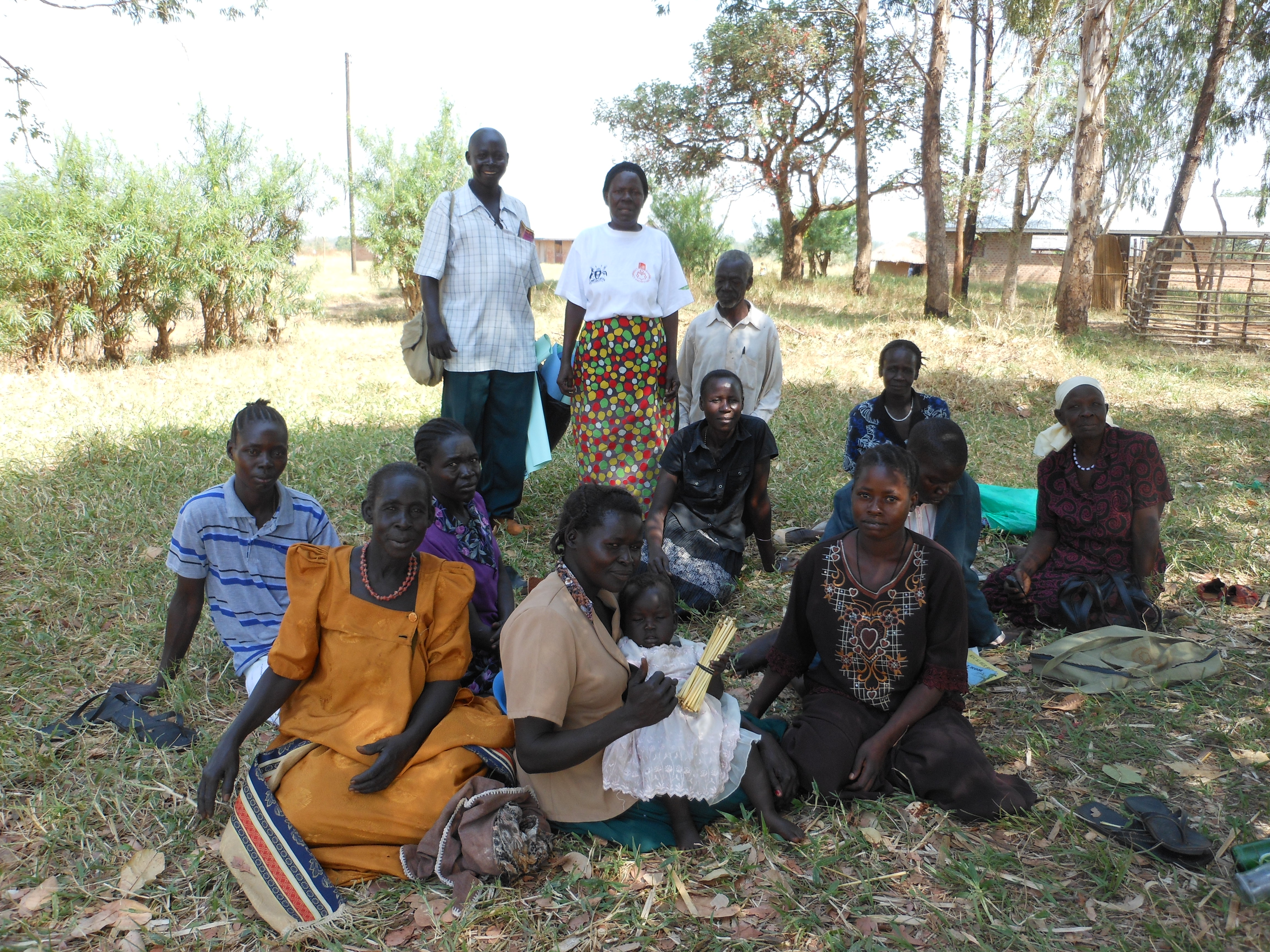By Nancy Wesson, LABE Program, Advisor/Peace Corps Volunteer.
An estimated 34 million people are living with HIV/AIDS in Africa and 59 per cent of those above the age of 15 are women. Of that 34 million, roughly 10 per cent are children below the age of 141 Women and girls are physiologically two to four times more susceptible to HIV infection as compared to men and boys2. Furthermore, “Adolescent girls aged 15-19 are six times more likely to be HIV positive compared to boys the same age3”
Disproportionate numbers
The staggeringly disproportionate number of females infected with the HIV virus as opposed to males has been shown to be related not only to physiological factors, but points directly the power disparity resulting from cultural attitudes as well as income and educational status. These figures relate to sub-Saharan Africa in general and Uganda is no different in this regard, except that it has gone a step farther in bringing the AIDS pandemic under control. In Uganda, studies show that married women now find themselves more vulnerable due to cultural practices like polygamy, a fact that increases the risk of exposure to HIV/AIDS.
Impact of Education
Furthermore, in a study specific to Uganda 4, there was a consistent finding between educational levels and domestic violence: the higher the educational attainment and control over their resources, the more protected women were from domestic violence, which was also related to the presence of drugs and alcohol.

However, in rural areas, where the attitudes toward education are still evolving, educational level actually provoked abuse. The literature is rife with evidence highlighting the relationship connecting domestic violence, drugs and alcohol and gender power imbalances all of which contribute to the spread of HIV/AIDS. So what is the solution?
Integrated Solutions Needed
The United Nations Population Fund (UNFPA) and a multitude of other organizations working in the areas of gender and children recommend integrated solutions including improved maternal and child health education and medical care combined with general education and sensitization. One of the ways recommended to curb these frightening statistics is to encourage initiatives geared towards promoting education of the girl-child and women.
Any program addressing these issues with women and girl-children must also address these factors with consideration to the male population. Training women and adolescent girls of their rights is inconsequential as long as they men are not involved in the same process.
Therefore:
Programs that address these issues should include:
- Programs that promote income generating opportunities and other economic opportunities -for instance Village Saving and Loan Associations (VSLAs) – for women to achieve a greater degree of financial independence – making it easier to avoid abusive relationships and therefore reduce their exposure to HIV/AIDS;
- Sensitization of girls and women on the relationship between violence and HIV/AIDS;
- Training of law enforcement officials and duty bearers (i.e. first point of contact that community go to when they get problems for instance local leaders, paralegals, the police) on the relationship between violence and AIDS, as well as HIV/AIDS prevention and training on post-exposure medical treatment;
- Strengthening of the legal environment to support not only improved legislation but enforcement of existing statutes; and
- Involvement of organizations working to reduce gender based violence in organizational structures involved with HIV/AIDS reduction. Literacy and Adult Basic Education, (LABE) is working at the grass roots level to influence cultural change and promote gender equity. LABE is an indigenous NGO committed to bringing functional literacy to Northern Uganda’s underserved populations. With a focus on women and girl children, LABE helped compile and translate audiotapes on HIV/AIDS prevention and then distributed them with radio/tape players to its Adult Learners in communities throughout Gulu, Nwoya and Amuru districts.
Learning forLIFE (L4L) Programs:
Through previous community outreach programs, Learning for Life (L4L) and Learning to Live (NPL), LABE has distributed tapes and tape players to approximately 60 schools and Home learning Centres reaching thousands of remotely located beneficiaries who would otherwise have no access to such information.
Women group in Palenga Sub County, Gulu District listen to HIV/AIDS programme using the radios and tapes supplied by LABE. (LABE Photo).

Women group in Palenga Sub County, Gulu District listen to HIV/AIDS programme using the radios and tapes supplied by LABE. (LABE Photo).
The content, offered in Acholi, addresses the issues of:
- HIV/AIDS prevention
- Avoiding early sex and marriages
- Encouraging voluntary testing and counseling for HIV/AIDS
- HIV/AIDS care
As an integral part of all of its programs (Mother Tongue Education, L4L and NPL) and in partnership with Straight Talk Foundation, LABE has also distributed pamphlets to each of the schools involved in their programs. Via this partnership alone, roughly 30,000 – 40,000 school children and educational personnel have been reached.
Deep Cultural Change
The process of reducing the spread of HIV/AIDs will require deep cultural change because the issues are not just treatment related, but imbedded in deeply held cultural beliefs and attitudes ranging from education to gender roles.
Grass roots programs such as those offered by LABE, Straight Talk Foundation and others combined with government initiatives, workshops and mentoring both men and women are essential in moving forward.
END
References:
1. UNAIDS/WHO, AIDS Epidemic Update,December 2006, UNAIDS, Geneva, 2007, p. 3.
2. Pan-American Health Organization, “Gender and HIV/AIDS,” Women, Health and Development Programme, Fact Sheet, June 2007.
3. World Bank, Global Monitoring Report, World Bank, Washington DC, 2007, pp. 74-75.
4. Human Rights Watch, Just Die Quietly: Domestic Violence and Women’s Vulnerability to HIV in Uganda, August 2003, pp. 2-40.
